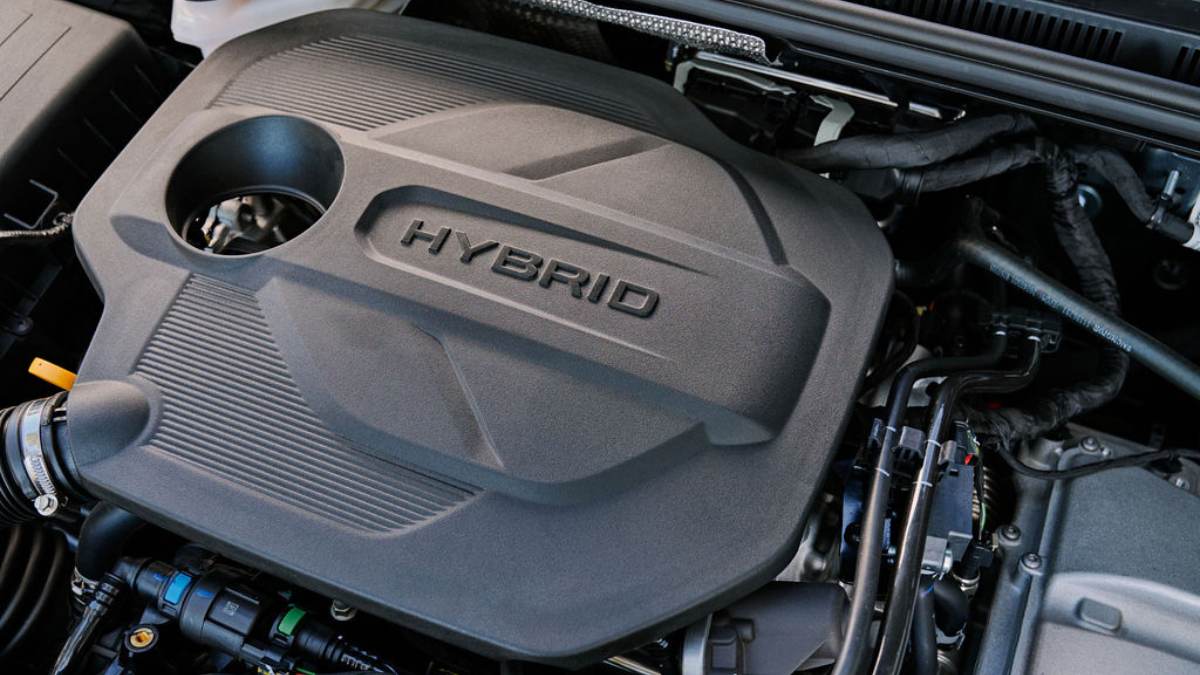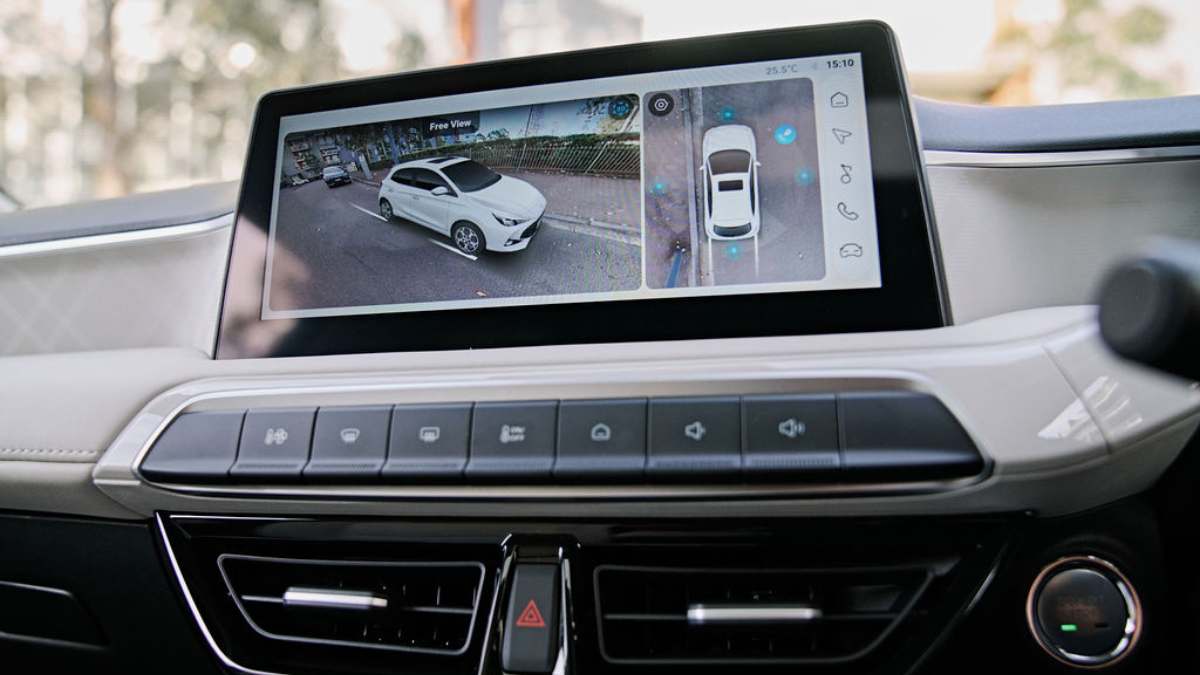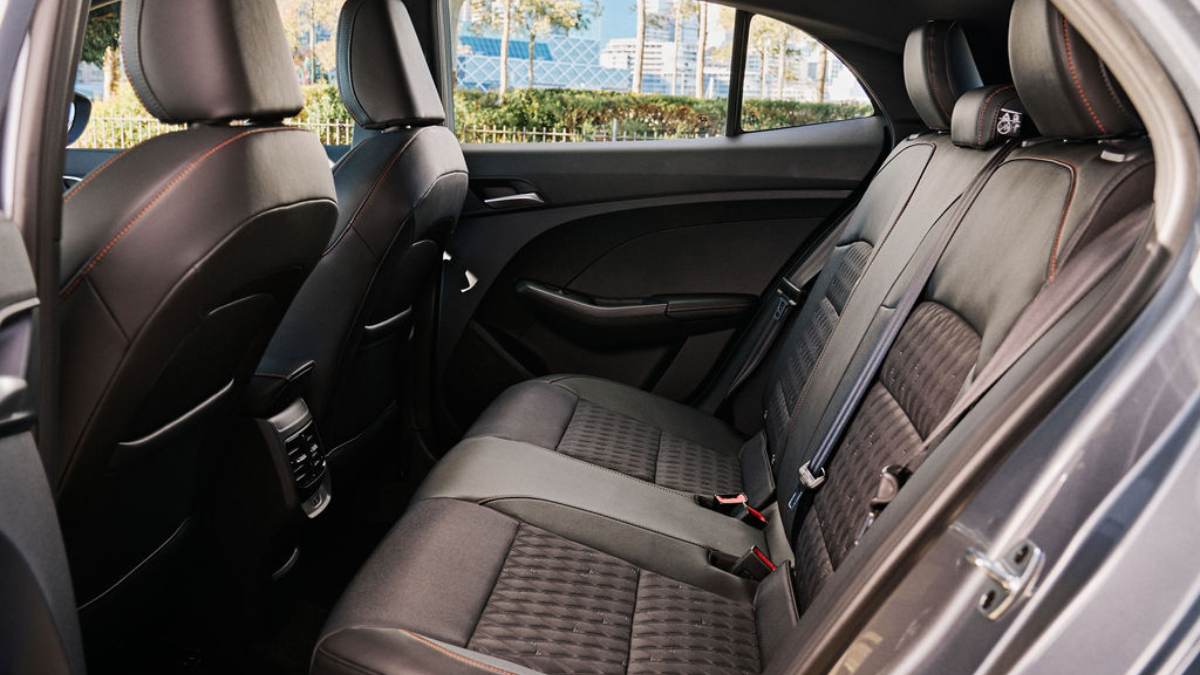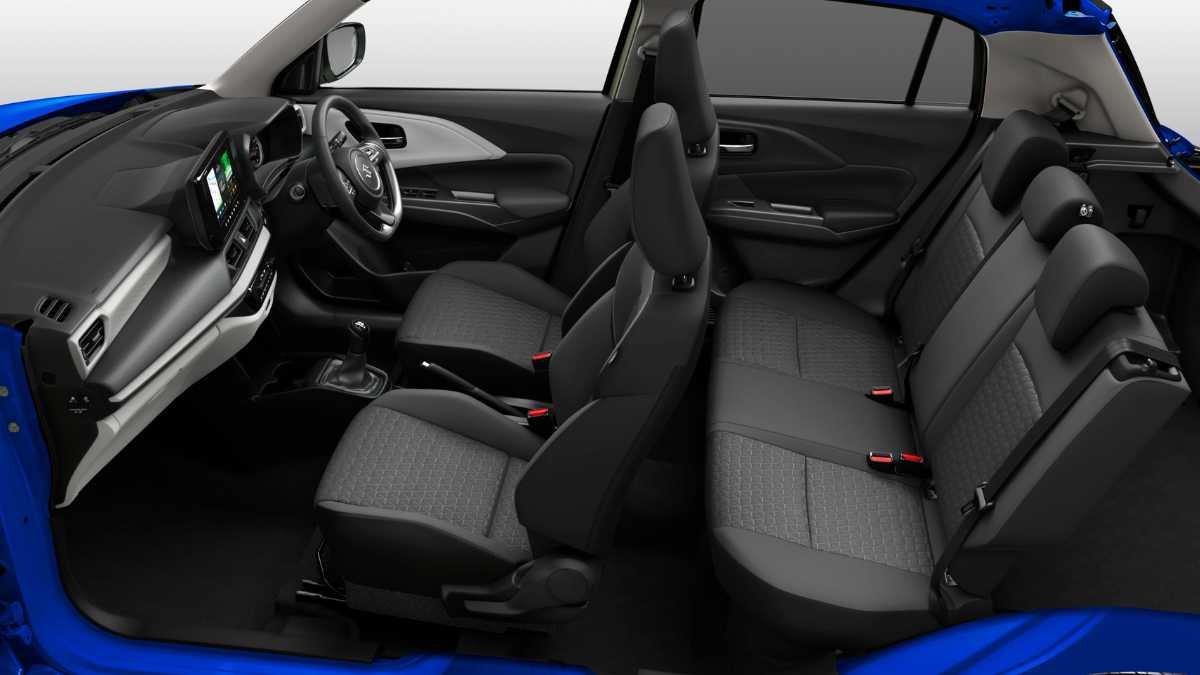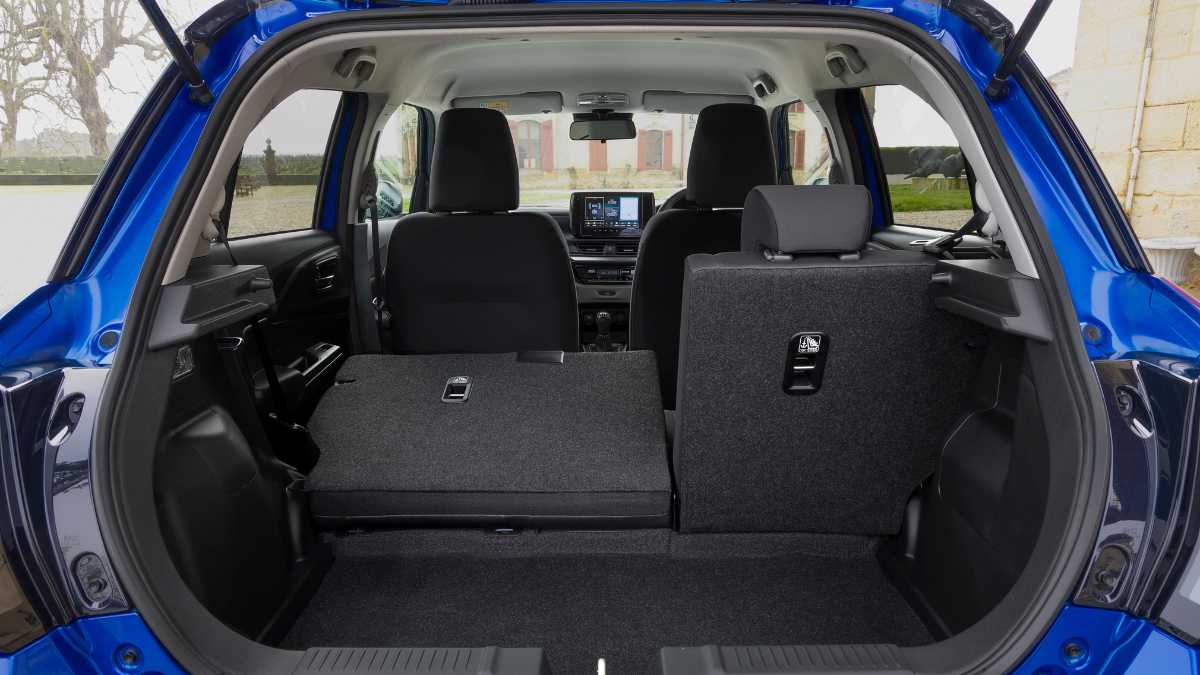Learn how to correctly secure loads with a ratchet strap to safely transport cargo.
MG3 Hybrid vs 2024 Suzuki Swift Hybrid specs comparison

The 2024 MG3 Hybrid and Suzuki Swift suit car buyers looking for efficient light cars that are affordable to run. Which is the best hybrid car to buy?
Sales growth for hybrid variants of popular cars has accelerated in 2024 as buyers seek out more economical options.
The MG3 Hybrid and Suzuki Swift Hybrid are two new light hatchbacks that are among the most affordable hybrids in Australia.
We’ve driven both and crunched the numbers to see how the Swift and MG3 compare. With different hybrid technologies in play, does one stand out from the other?
On this page
MG3 Hybrid vs Suzuki Swift Hybrid: Price and Warranty
2024 MG3 Hybrid
The 2024 MG3 Hybrid is available in two trim levels: the Excite and the Essence. The Excite is priced at $27,990 plus on-road costs and the higher spec Essence is priced at $29,990. Both MG3 hybrids are a $4000 premium over their petrol equivalents.
The MG3 Hybrid comes with MG's brand new industry leading ten-year/250,000km warranty, MG also offers seven years/70,000km capped price servicing which adds up to $2390 across the first seven years of ownership, and it provides seven years roadside assistance.
2024 Suzuki Swift Hybrid
The 2024 Suzuki Swift Hybrid is offered in three model grades, the entry model being available with either a manual gearbox for $24,490 drive-away or auto transmission for $26,990 drive-away. A mid-spec automatic, the Suzuki Swift Hybrid Plus is $28,490 driveaway, with the auto-only GLX topping the range at $29,490 driveaway - around $1800 cheaper than the outgoing Swift flagship.
The Swift Hybrid is offered with a shorter five-year warranty but it does cover unlimited kilometres of driving. Also included with the Swift is five years of roadside assistance, and longer service intervals set at 12 months/15,000km. While you’ll be visiting a service centre less frequently, Suzuki currently doesn’t extend its capped price servicing to the Swift Hybrid, so you won’t get the same certainty around service and maintenance costs on offer at MG dealers.

The Suzuki Swift is easily recognised on the road.
MG3 vs Suzuki Swift: Performance and Handling
As we found on our MG3 Hybrid test drive, its performance is a mix of highs and lows. The MG3 provides a comfortable ride with fluid steering and predictable handling and is relatively refined on the open road, although the tyres may produce some noise at higher speeds.
The MG3's 1.5-litre engine produces a modest 75kW and 128Nm, but when combined with its electric motor, the output jumps to 155kW. The MG3 features a unique three-speed automatic transmission that works with the electric motor to provide adequate pulling power. However, the MG3's power delivery can be inconsistent, especially on hills where the small battery can quickly deplete.
The MG3's claimed average fuel consumption is 4.3 litres per 100km, (ADR Combined), but like the Suzuki Swift, it needs to be run on premium unleaded fuel. On our road test, the MG3's gauge was reading higher fuel consumption, at 5.5L/100km.
In comparison, the Suzuki Swift Hybrid is equipped with a 1.2-litre triple-cylinder petrol engine, complemented by a small electric motor and a 12v lithium-ion battery. This mild-hybrid drivetrain offers a boost in acceleration and a reduction in fuel consumption, with Suzuki claiming 4.0L/100km for the CVT and 3.8L/100km for the manual. In reality, our predominantly urban test loop in the Swift saw fuel consumption of 4.6L/100km.
While the Swift Hybrid is down on power and torque compared to the MG3 Hybrid with 61kW and 112Nm, we like the Swift’s zippy performance and smooth stop-start experience. The Swift is a well-sorted and enjoyable car to drive, with a comfortable ride, light steering, and nimble handling. Despite having drum brakes at the rear, the Suzuki's light weight ensures that braking performance is not compromised.

The MG3 is larger than the Swift and has more boot space.
MG3 Hybrid vs Suzuki Swift: Design
The MG3 Hybrid boasts a generic yet stylish five-door hatchback design with an angular nose and distinctive character lines. Black detailing adds to the MG3's visual appeal, although it may not stand out in a crowded market.
The Suzuki Swift Hybrid maintains its evolutionary design and is more compact than the MG3 – about 30cm shorter in length. LED projector headlights are standard across the range, and the alloy wheels feature new designs. The Swift Hybrid's interior has been modernized with a dual-tone trim and a new 9.0-inch multimedia touchscreen.
The Swift’s compact design translates to a cramped interior with limited storage. Rear passengers may also find leg and elbow room to be too restrictive. The Suzuki Swift's boot capacity is 265 litres, expandable to 589 litres with the rear seats folded, although they do not fold flat.
The MG3 Hybrid offers upmarket touches like faux leather with stitching and metal highlights. However, there are signs of cost-cutting in the MG3, with hard plastics on the dash and upper doors. The front seats are snug and supportive, but the rear bench may be less comfortable for the centre occupant due to the raised central section and floor hump. The MG3 has a greater boot space than the Swift with 293 litres capacity but without a split fold seat, its less flexible than in the Suzuki.
MG3 Hybrid vs Suzuki Swift: Safety
The light car segment has made significant improvements in safety with both the MG3 Hybrid and Suzuki Swift Hybrid introducing new technologies and safety features.
The MG3 Hybrid features six airbags, AEB, lane departure warning with lane keep assist, and a driver monitoring system. It also includes blind spot monitoring and rear cross traffic alert.
The Suzuki Swift Hybrid is similarly well equipped with tech including AEB that detects bicycles and motorcycles, adaptive cruise control, lane keep assist, and high beam assist, however, it lacks a front-centre airbag, which may affect its ANCAP rating. Both vehicles are currently untested by ANCAP.
Should you buy the MG3 Hybrid or Suzuki Swift Hybrid?
The 2024 MG3 Hybrid and the 2024 Suzuki Swift Hybrid both offer plenty for car buyers looking for a light hatch and hybrid drivetrain. The MG3 Hybrid stands out with its higher power output and more spacious interior, while the Suzuki Swift Hybrid shines with its well-tuned driving experience and better fuel efficiency.
It’s worth noting that both these small hybrid vehicles require premium fuel, and servicing costs will be more expensive than their petrol equivalents. However, drivers who cover average kilometres will see a reduction will enjoy less frequent visits to the petrol station.
All things considered, while both cars should pique the interest of target buyers, it's the MG3 Hybrid's significantly longer warranty and aftersales package which makes it a better car to buy than the Swift.

The MG3 Hybrid offers the better package for small hybrid buyers.
The information provided is general advice only. Before making any decisions please consider your own circumstances and the Product Disclosure Statement and Target Market Determinations. For copies, visit racv.com.au. As distributor, RACV Insurance Services Pty Ltd AFS Licence No. 230039 receives commission for each policy sold or renewed. Product(s) issued by Insurance Manufacturers of Australia Pty Ltd ABN 93 004 208 084 AFS Licence No. 227678.
